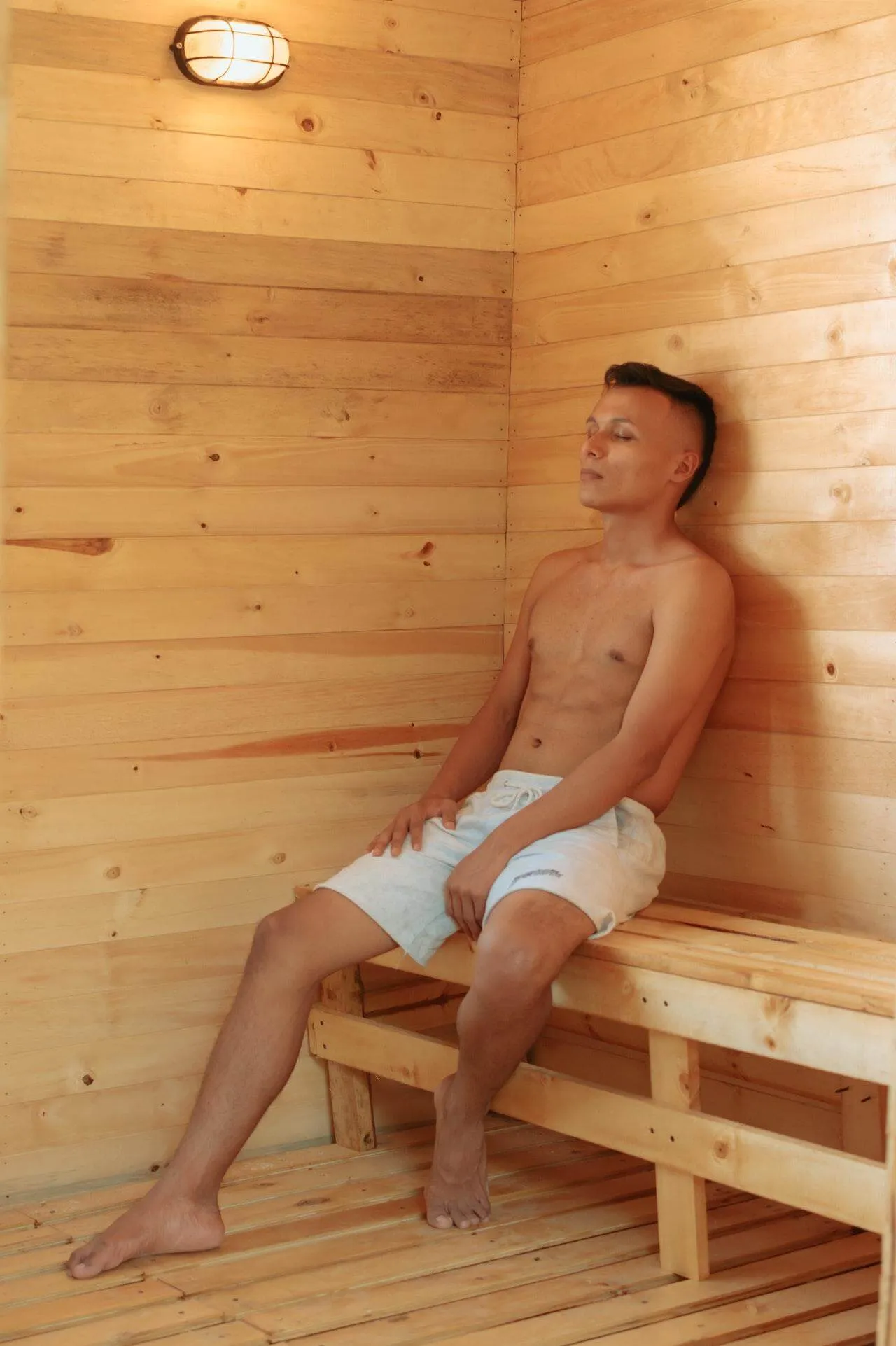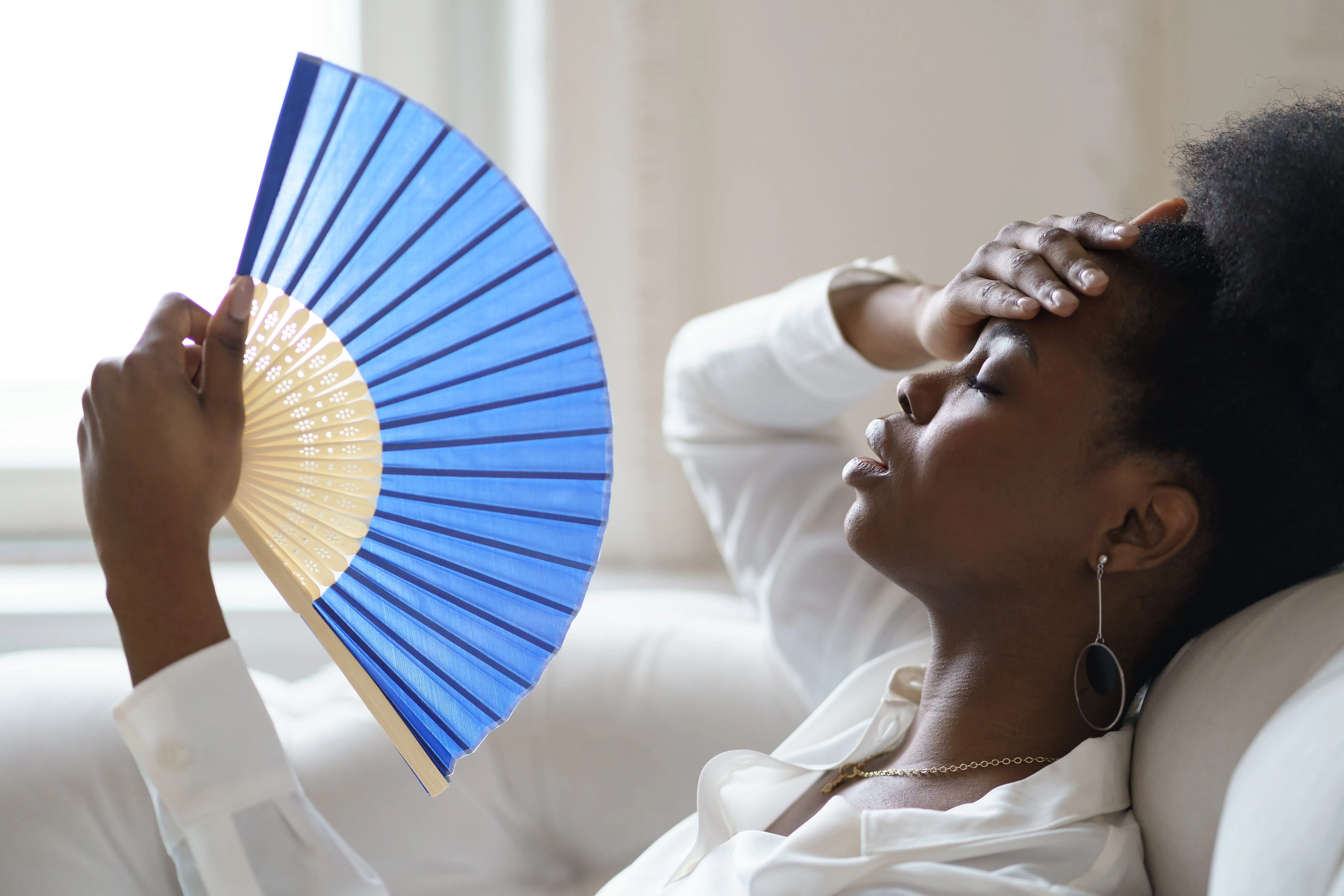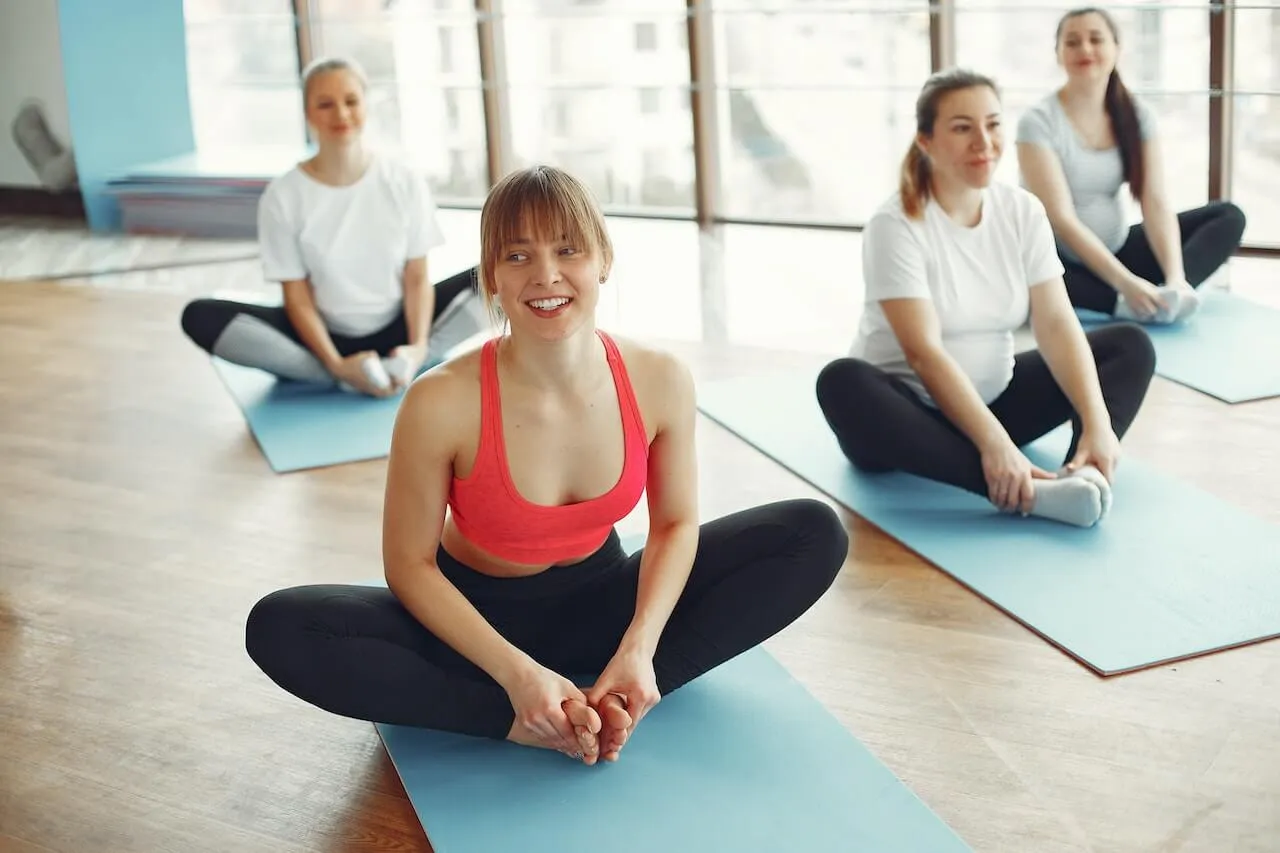Fitness gurus and doctors alike constantly tout the benefits of exercise, and for a good reason. Exercise improves mood, helps with weight loss, increases flexibility, and keeps the body healthy, just to name a few. Aside from the occasional muscle cramp, exercise should make you feel good and energized. So what does it mean if you feel sleepy after you work out?
Sometimes all you want to do after having a good run or bike ride is sleep, but should you? Today’s article will explore exactly what is happening in some of the major organ systems in your body while you exercise and a few of the ins and outs of why you might feel tired after this energy-promising endeavor.
What Happens to Your Body When You Exercise?

Skeletal Muscles
Skeletal muscles are responsible for supporting and moving the human body. Muscle adapts to demand to provide efficient and effective force. Increased demand changes the muscles’ ability to extract oxygen, flush waste products, and choose energy sources.
Adenosine triphosphate (ATP) is the body’s energy molecule for all muscle movement. When muscles contract during high rates of work, oxygen demand in the active muscle exceeds supply levels. Without oxygen, cells rely on the anaerobic glycolytic energy system to produce ATP. Exercise lasting between 30 seconds and 2 minutes metabolizes glucose in the blood plasma first, then resorts to glycogen stored in muscles and the liver. However, this is not an unlimited energy source. Lactate is a byproduct of glycogen metabolism, which lowers the pH (acidic) of the muscles and blood. This drop renders the enzymes critical for energy production inert. Lactate build-up in muscles causes that painful soreness after working out.
Brain
The association between exercise and physical appearance is one most people assume, but the brain receives numerous rewards as well. As physical activity commences, muscle movement and numerous peripheral organs release a myriad of molecular factors into the bloodstream.
Some of these factors cross the blood-brain barrier and affect cognitive functionality and perception of the environment. Skeletal muscle contraction produces small proteins called myokines that exert an antidepressant-like effect and cathepsin B, which has neuroprotective properties and whose expression is essential for spatial memory, mood-related behavior, and adult neogenesis.
A study recently published in the British Journal of Sports Medicine showed that just 11 minutes of vigorous exercise a day can:
- Improve cognitive performance
- Reduce symptoms of ADHD
- Drastically decrease your risk of cardiovascular disease & cancer
- Treat neurocognitive disorders like dementia and schizophrenia
- Can even cure mental illnesses like depression.
Cardiovascular and Respiratory Systems
The cardiovascular and respiratory systems provide oxygen and nutrients to the body, maintain body temperature and pH balance, and rid the body of metabolic waste products like carbon dioxide. The skeletal muscles’ oxygen demand determines the cardiovascular system’s response to exercise. Cardiac output increases as the rate of work increases due to the elevated demand for oxygen.
With exercise underway, more blood flows toward the active skeletal muscles. Body temperature rises while blood migrates to the skin to help regulate those temperature changes. As a result, you can expect elevated arterial blood pressure. Diastolic pressure remains largely unaffected, while systolic pressure increases linearly with the increased rate of work.
The impact of exercise on the respiratory system takes shape immediately. Oxygen uptake increases linearly with increasing rates of work. Stimulation of the respiratory centers in the brain stem from the motor cortex increases pulmonary ventilation, also known as breathing. With increased exertion, your body and blood temperature rise, and carbon dioxide (CO2) and hydrogen ions (H+) production increases. This results in further elevation of pulmonary ventilation. For the average human body, resting ventilation rates stand at 10 liters per minute but can reach 100 liters per minute at maximal work rates. In the case of highly trained athletes, ventilation can exceed 200 liters per minute.
{{mid-cta}}
Why Do You Feel Sleepy After a Workout?
With all of the processes above ongoing in the body, it is no wonder some experience sleepiness after a workout. This can be a completely normal and understandable reaction. If you are concerned about the tiredness you experience post-workout, consider the following contributing factors as well.
- Sleep Deprivation: According to a study published in 2018, researchers looked at the effects of sleep deprivation on military personnel and found that prolonged periods of sleep deprivation limit cognitive and physical performance; therefore, aerobic workout capacity is typically subdued.
- Dehydration: This causes many problems that become more apparent when exerting yourself. Dehydration increases body temperature and heart rate, contributing to feeling tired while physically active. It can also weaken mental function, negatively affecting decision-making, motor control, and concentration.
- Poor Eating Habits: Poor eating habits undeniably impact normal body functionality. Maintaining proper nourishment is essential when including the strain of exercise. The body needs the right type of energy for the extra effort, and a healthy diet is that fuel. If someone struggles with an eating disorder, whether that be too much food or too little, or practices lengthy fasting for days at a time, sleepiness after a workout will undoubtedly follow.
- Exercise-induced Hypoglycemia: This can be common with an imbalanced combination of nutrition, training volume, chronobiology, temperature, and altitude. Exercise intensity determines the rate and level of hypoglycemia. Moderate physical activity induces hypoglycemia resistance, but overtraining can lead to this as well. Wearing a CGM can help you detect if your blood sugar drops during or after a workout. The remedy includes consuming some calories at regular intervals while training.
How to Avoid Feeling Sleepy After a Workout

- Work On Your Sleep Routine: According to the Center for Disease Control (CDC), the average middle age adult requires around 7 to 9 hours of sleep per night. Avoid falling into sleep debt by having a consistent bed and wake time.
- Keep Yourself Hydrated: The Mayo Clinic suggests 124 ounces (3.7 liters) of fluids per day for men and 92 ounces (2.7 liters) for women. However, those levels increase during exercise due to water loss through perspiration. It can be beneficial to hydrate before, during, and after exercise, and even add electrolyte supplements. The American Council on Exercise (ACE) suggests the following:
- 17-20 ounces two to three hours before exercise.
- 7-10 ounces every 10-20 minutes during a workout.
- 16-24 ounces for every pound of body weight lost after exercise.
- 8 ounces 30 mins following exercise.
- Keep an Eye on Your Glucose Levels: Due to the swings in blood glucose that can accompany exercise, it is important to know your levels before and during exertion. Mayo Clinic makes the following suggestions for knowing if it is a good time to exercise:
- Lower than 100 mg/dL(5.6 mmol/L): These levels indicate that your blood sugar is too low to exercise safely. They suggest a snack containing 15 to 30 grams of carbohydrates in the form of fruit, crackers, or glucose tablets before exercise.
- 100-250 mg/dL(5.6-13.9 mmol/L): On average, this is a safe range for exercise.
- 250 mg/dl(13.9 mmol/L) or greater: Caution at these levels, exercise might not be safe for you in this range.
- Consider Taking a Brief Post-Exercise Nap: Sometimes, the simplest solution is best. If you feel considerable fatigue after a workout, a brief nap of 20-30 mins might be exactly what you need. Any amount exceeding 30 mins can run the risk of entering deep sleep stages and can make you even more tired, but a short nap can aid in all of the following:
- Muscle Recovery: Sleep allows your muscles to repair themselves from the exercise session.
- Sleep Deprivation: If you find yourself sleep-deprived, getting more rest can be the best medicine. Lack of sleep is detrimental to many systems throughout the body, and it shows in exercise capacity. Sleep debt accumulates much like credit card debt; it must be paid back.
- Brain Fog: Adequate sleep keeps your mental alertness and acuity sharp.




.svg)







.webp)


.svg)
.svg)
.svg)
.svg)
.svg)
.svg)
.svg)
